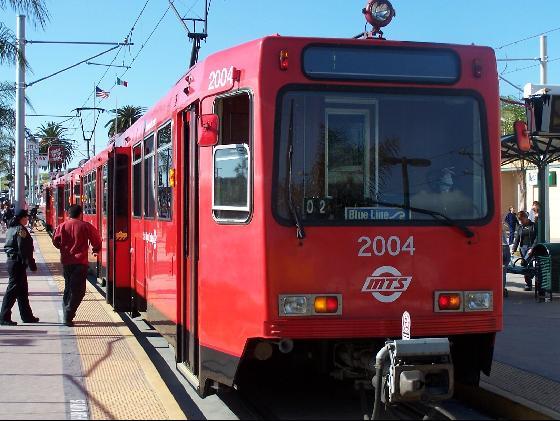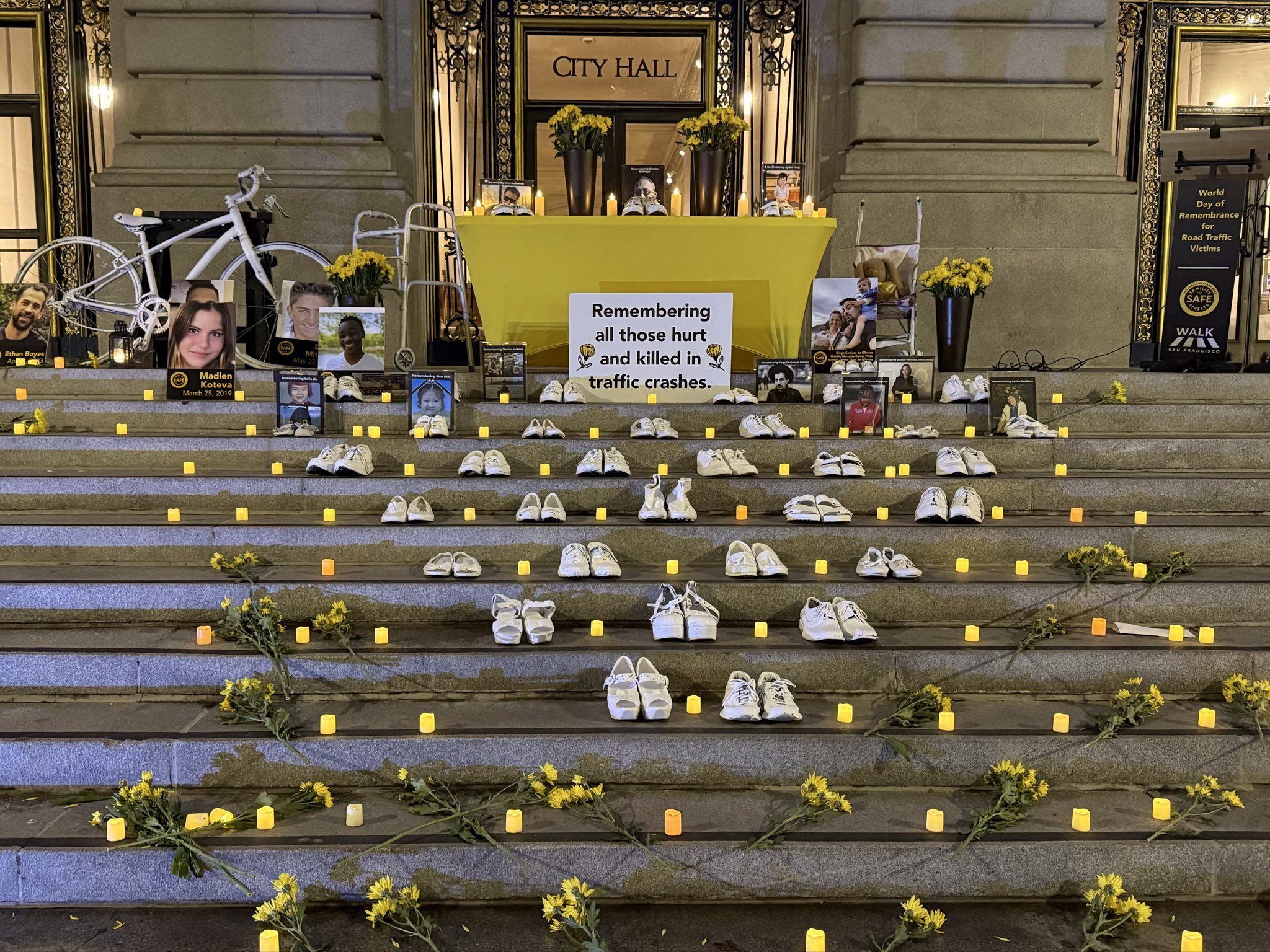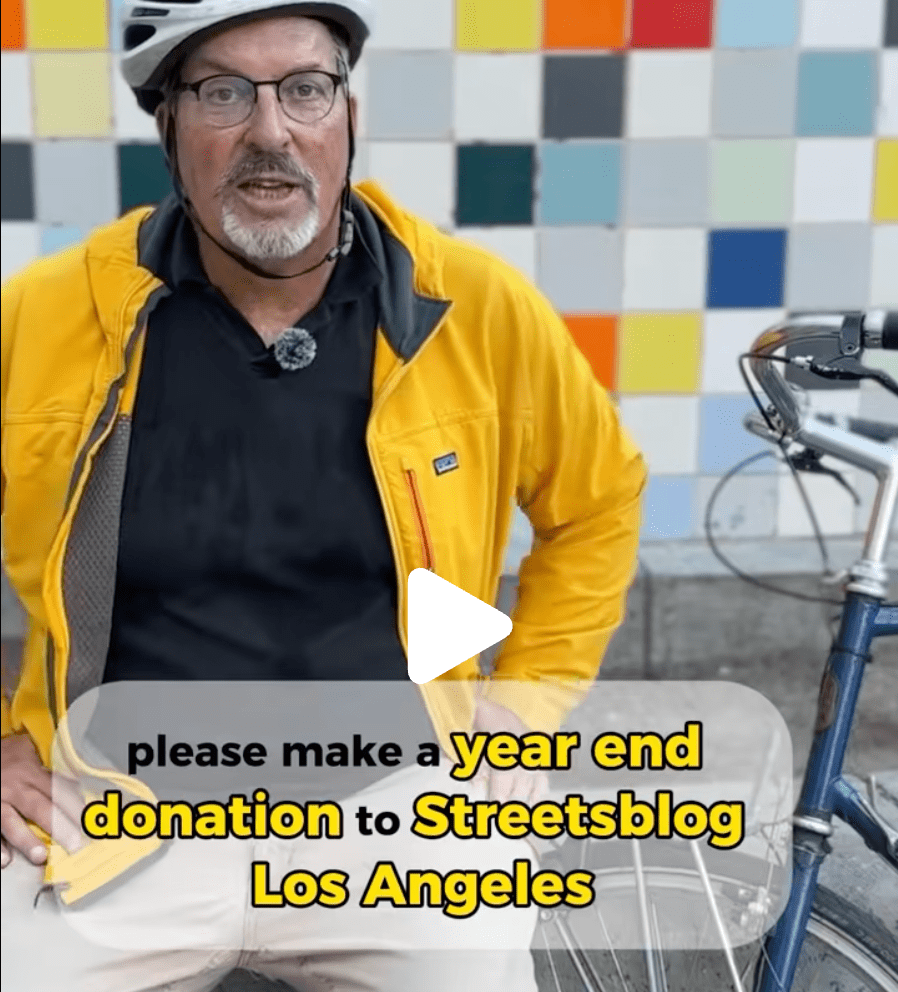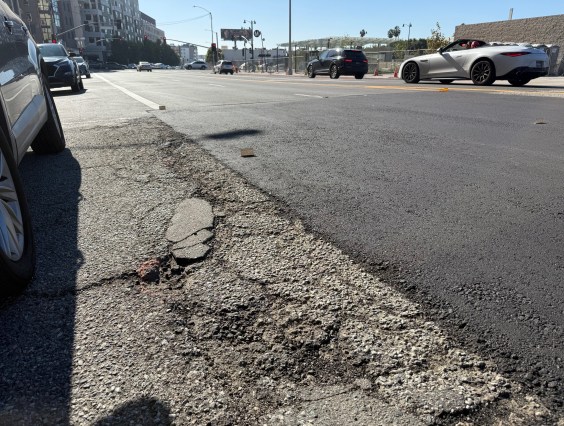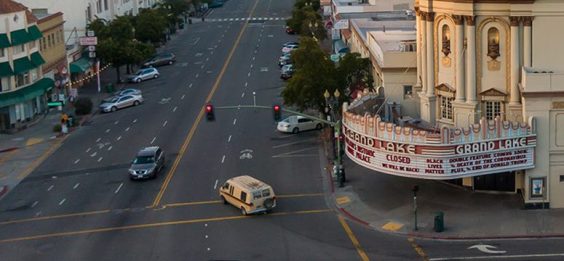The first time I traveled to San Diego State University’s archives was last summer. I was conducting fieldwork to investigate how the trolley facilitates cross-border movement. Having crossed the international border almost every day during high school via public transit, I was familiar with the region’s transit system, but knew very little of its history.
While I depended on the trolley for school, for my internship downtown, and for daily cross-border trips, infrequent service made exploring the South Bay - a region in San Diego County that encompasses Chula Vista, National City, Imperial Beach, and the southernmost neighborhoods of San Diego - difficult. The only portion of South Bay that was well-served by transit was centered along the Blue Line (a light rail route that connects the San Ysidro border port to downtown). Ridership along this corridor was always packed whenever I rode it for school, which was why I was surprised to learn during my internship that there’s a local stereotype that nobody uses the trolley. I didn’t understand this until I began to venture north of downtown.
Taking the trolley twice a week from H Street, I would transfer at 14th & Imperial and finish my journey on the Green Line. As I traveled farther uptown, I noticed a trend. In the South Bay, light rail riders were predominantly Mexican workers coming to or from their jobs, but once I switched to the Green Line, the cars became emptier and more of the riders were white.
As I delved into SDSU’s archives on the region's transportation history and legacy, these observations and memories from my high school commute began to make sense to me. As the first American city to construct a trolley system in decades, San Diego had instigated the second generation of light-rail development across the country, at a time when Congress was apprehensive about funding ambitious public transportation plans.
It was clear that local officials at the time understood how innovative this transit project was, as evidenced by the almost fifty-year-old memos, press statements, and newsletters I was sifting through for my research. The original route began operation in 1981: starting downtown, it stretched through Barrio Logan, the navy shipyards, and the South Bay, before reaching its terminus at the San Ysidro Port of Entry.
While politicians in the late 1970’s championed the light-rail system as a mechanism to curb smog and simultaneously facilitate cross-border tourism and downtown redevelopment, racism underlay many of the arguments both for and against this visionary transportation project. Multiple interviews by local news organizations were conducted to gauge public sentiment, with many people voicing concerns that the new light-rail system would be used primarily by “Mexicans crossing the border–whether legally or illegally.” This skepticism about paying for “alien transportation” (as one interviewee regarded it) gave rise to the racist nickname Tijuana Trolley. The most vicious anti-transit publication was an undated poem in the San Diego Union titled The Golden Goose, which recommended “[making] the trip a non-stop express, straight to the welfare offices, hospitals, child care centers, schools (bi-lingual, of course), freebie housing, public defenders, [and] prisons.”
Arguments made in favor of the new light-rail system also assumed that most of its riders would be Mexican. In multiple public statements, officials insisted that, to ensure the trolley’s financial feasibility, it must go all the way to the border. Local leaders were very explicit about the trolley being a means to promote tourism between Tijuana and downtown, with very little mention of how this system would serve South Bay communities.
Most of the archival information about public perception in the region comes in the form of interviews with business leaders and landowners. There were numerous examples of people claiming that companies in Chula Vista would be “dependent on Tijuana workers [using] the trolley to get to work” and that the South Bay’s abundance of green card holders made it an attractive place to establish commercial stores. One man who was interviewed expressed optimism about selling a 200-acre plot of land by the Palomar trolley stop to prospective business owners. Today, a rider on the Blue Line towards San Ysidro would notice that, unlike downtown stops, which are adjacent to vital municipal and educational institutions, many stations in the South Bay are surrounded by chain retail stores and highways. The interviews depict Mexican people as either an economic opportunity or a social liability–but never as neighbors or people worthy of dignity.
Anti-Mexican racism can also explain why the current transit network serving the South Bay is such a patchwork system. Despite this area being identified as early as the 1970s as a crucial economic driver for making the existing light-rail system financially tenable, the majority of SANDAG’s transit projects have omitted strengthening connectivity within the South Bay. In fact, there have only been two rapid transit routes constructed to serve this part of the county since 1981–the original 1981 Blue Line, and a rapid bus line implemented in 2023.
Racism in planning the original track placement resulted in a transit system largely designed to move people out of, but not around, the South Bay. And the legacy of the San Diego trolley is not only racist - it is limiting. We need to look no further than two current South Bay light-rail initiatives–the Blue Line Express and the Purple Line–to understand the constrictions this mindset offers.

The Blue Line Express would bring expedited service between the San Ysidro Border Port and downtown, while the Purple Line would connect portions of the South Bay to Kearny Mesa, an industrial and commercial neighborhood in northern San Diego. Neither of these projects are necessarily “bad.” In fact, both would undoubtedly bolster ridership and reduce air pollution, and are necessary investments to make a world-class regional transit system. However, it is also true that neither project addresses connectivity within the South Bay community; instead they focus on connecting people to places of employment miles away.
By now it is a well-reported fact that investments in public transportation typically have a positive economic impact on the communities they are based in. But while South Bay ridership has consistently outpaced rider numbers in the rest of the county since the 1970s, there are rarely serious discussions about having the trolley go to Imperial Beach, downtown Chula Vista, or National City, Southwestern College, or to various other local institutions. These are connections that would bring tremendous economic growth to this part of the county, but are never seriously considered in policy discussions.
This dissonance reveals the insidious legacy of racist infrastructure. By not contesting the initial logic of the trolley’s track placement, San Diego has created a system in which the South Bay subsidizes public transit for the rest of the county, while receiving minimal economic and quality of life benefits in return.
Well-intentioned politicians and advocates say they want equitable transportation for everyone, including people in the South Bay. But without a critical examination of the trolley's legacy, they will merely build on embedded harms, putting those goals even further out of reach.
